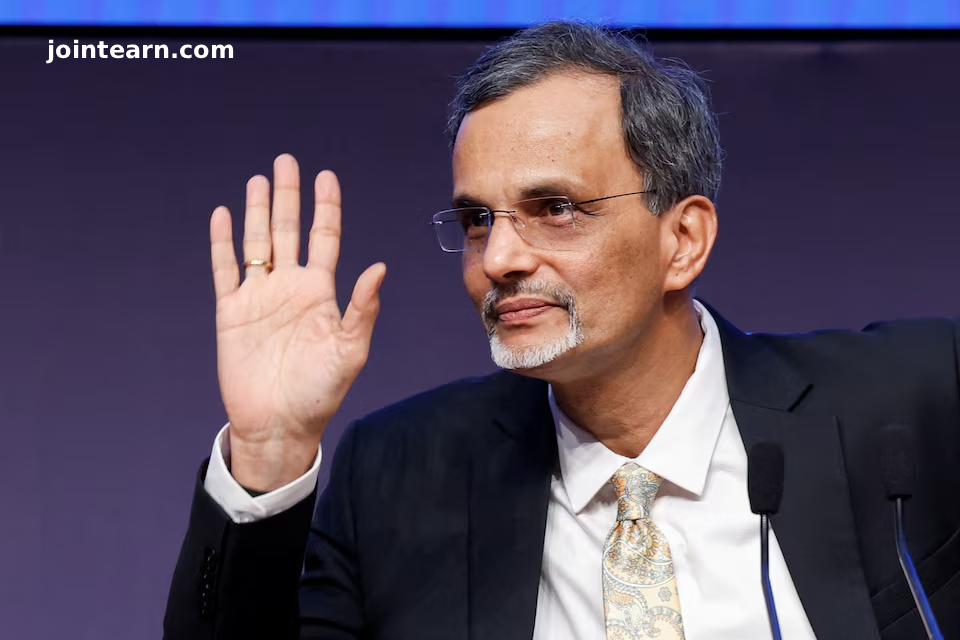
Mumbai, October 29, 2025 – The growing use of U.S. dollar stablecoins is set to be a major financial phenomenon in 2026 and could present significant challenges for global monetary policy, according to India’s Chief Economic Adviser, V. Anantha Nageswaran.
Speaking at a financial event in Mumbai on Wednesday, Nageswaran noted that the rise of dollar-backed stablecoins could affect monetary transmission, seigniorage benefits, and the role of traditional banks as financial intermediaries. “The presence of a dollar stablecoin will bring with it its own challenges for monetary policy, monetary transmission, and for seigniorage benefits of any country,” he said.
Impact on Traditional Banking and Seigniorage
Seigniorage refers to the difference between the face value of money and the cost of producing and distributing it. The widespread adoption of stablecoins could reduce governments’ ability to earn seigniorage and may introduce new competitive pressures on commercial banks in terms of attracting deposits and providing financial services.
Nageswaran highlighted that India’s own digital payment system, the Unified Payments Interface (UPI), reduces the need for stablecoins domestically compared to advanced economies such as those in the European Union. Nevertheless, stablecoins are increasingly viewed as competitors to traditional financial infrastructure, offering instant payment solutions and global liquidity.
Global Popularity of Dollar Stablecoins
Dollar-backed stablecoins have surged in popularity worldwide, supported by favorable U.S. regulations. The total market capitalization of these tokens, pegged 1:1 to the U.S. dollar, has exceeded $300 billion, underscoring their growing influence in international finance.
In contrast, India has taken a cautious approach to cryptocurrency regulation, leaning toward not enacting legislation to govern digital assets at the national level, Reuters reported in September. Analysts suggest that the evolution of dollar stablecoins could prompt further discussion on how emerging economies balance innovation, financial stability, and regulatory oversight.
Looking Ahead
As stablecoins continue to expand, policymakers worldwide will need to address potential risks to monetary policy effectiveness, financial stability, and the traditional banking system. In India, while UPI remains the dominant domestic payment platform, the emergence of global stablecoins may gradually influence cross-border payments, remittances, and capital flows.
Leave a Reply